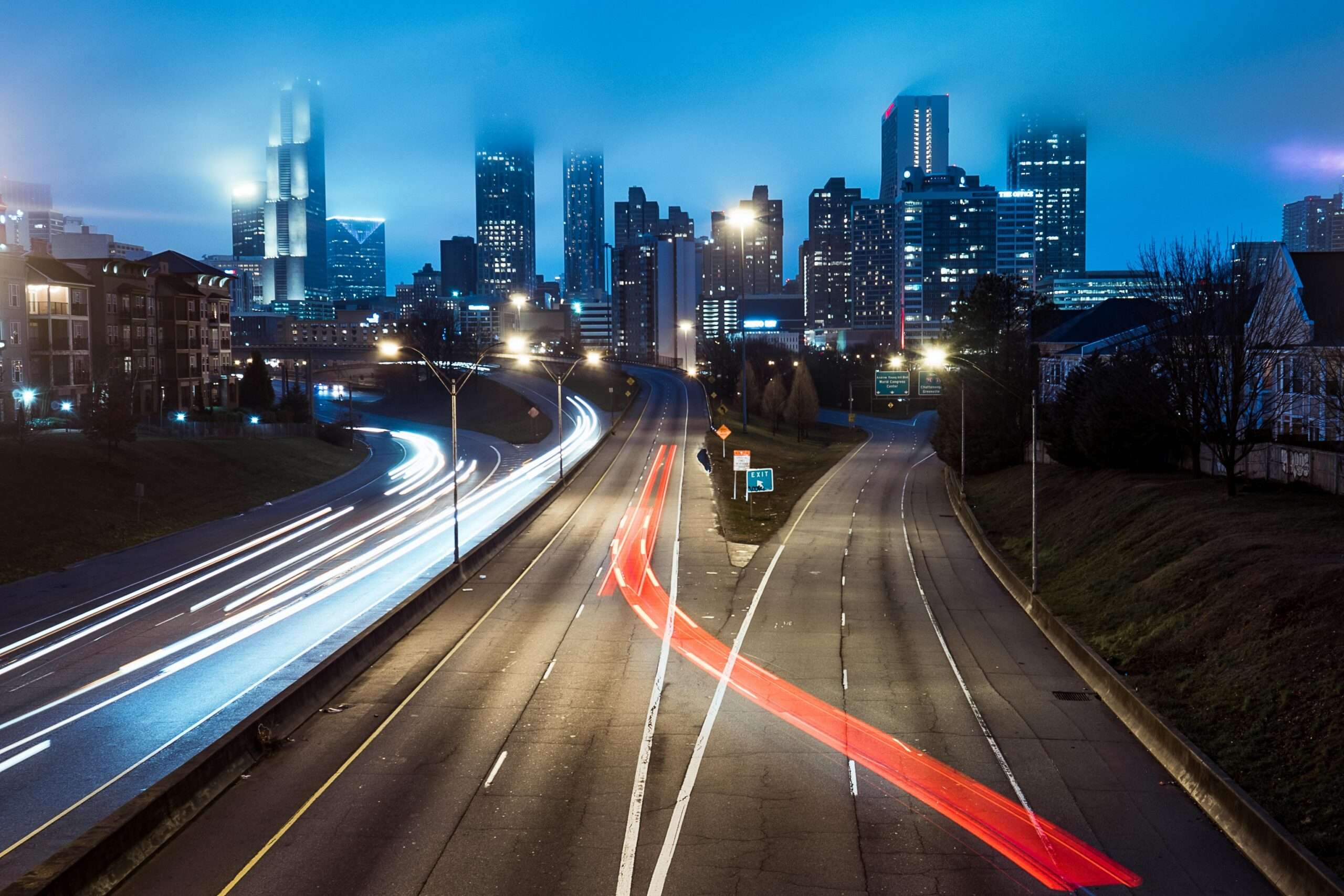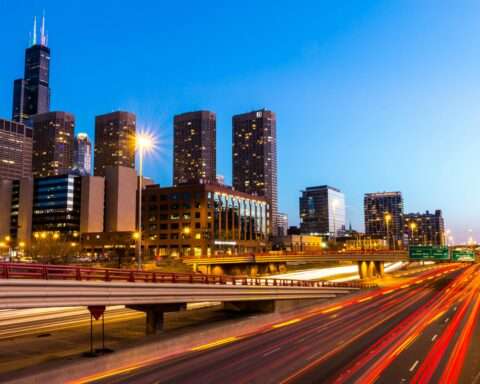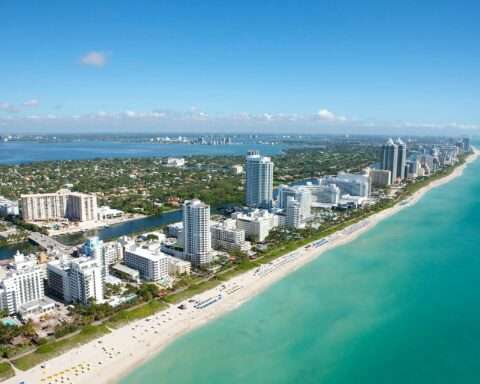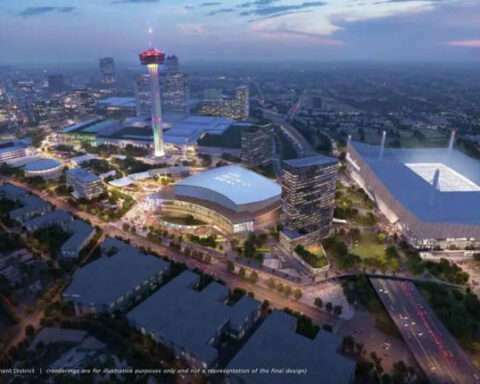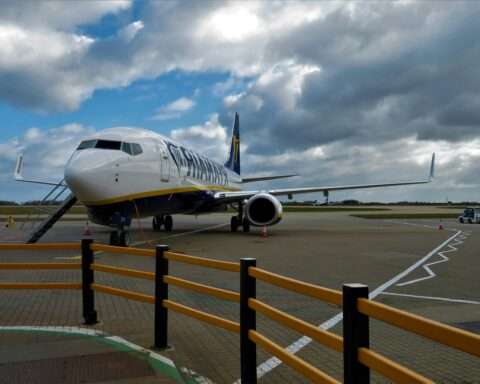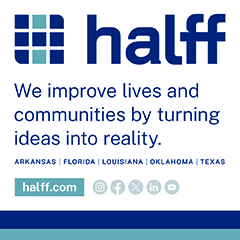The Georgia Department of Transportation (GDOT) is in the preliminary planning and design phases for an ambitious multi-billion dollar public-private partnership (P3) to build express lanes along Interstate 285. While the construction date has not yet been set, officials anticipate that ground won’t be broken until at least 2028.
The department plans to expand I-285 with new express lanes, providing commuters with additional options to relieve congestion and shorten travel times. The project currently anticipates building two barrier-separated dedicated express lanes in each direction along the northern half of the I-285 project corridor. Delivered through a P3 model, the state will contract with a private company to build, operate and maintain the lanes in exchange for toll revenue going to the state.
The I-285 Top End Express Lanes project will be split into two separate procurement packages for the Eastside and Westside roadway sections. The private partner chosen for the project will be allowed to propose additional access points and will be responsible for setting toll prices. The express lanes will be built adjacent to the existing general purpose lanes.
The Eastside Express Lanes will span approximately 13 miles between Henderson Road and south of I-20 in DeKalb County. Some sections will be at-grade and others will be elevated. Currently, the project includes four express lane merges and three interchanges.
The Westside Express Lanes will be of a similar design, spanning around 10 miles between Mt. Wilkinson Parkway and Benjamin E. Mays Drive. However, unlike its eastern counterpart, the project may call for replacing multiple arterial overpasses among other critical infrastructure improvements to facilitate development. Some sections will alternate between being at-grade and elevated. Plans include two half express lane interchanges and five merges.
The holistic project is a component of the state’s Major Mobility Investment Program (MMIP), a series of keystone transportation infrastructure projects that are expected to reduce congestion along freight and passenger corridors. Once completed, these projects will accelerate travel, improve operational efficiency, enhance safety and expand roadway capacity.
GDOT is currently assessing environmental impacts to determine alignments, lane configuration and alternative access points. Once concluded, the state plans to refine right-of-way needs, select the preferred layout and coordinate with transit systems in advance of development.
Photo by David Besh from Pexels



